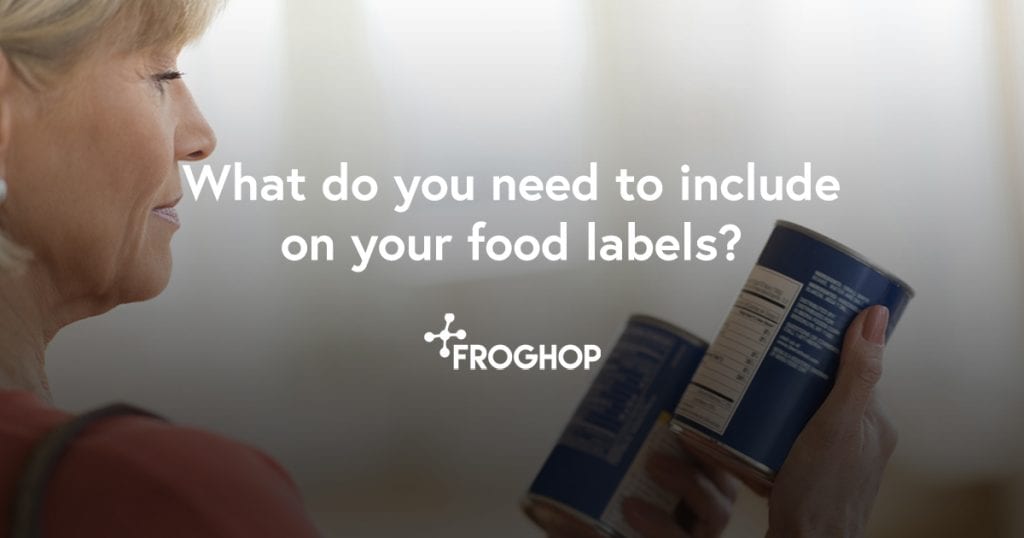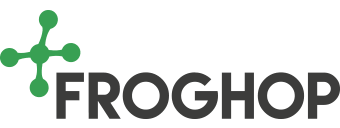Food labels are a legal requirement on most products. There are specific and strict rules on what should be included on food labels.
There is a range of legislation and advice to following when it comes to food labels. Of course, it’s not just about following the rules, it’s increasingly about communicating the benefits of your product with consumers – who are increasingly checking the labels. It’s always worth talking to a specialist to get specific advice for your product but here’s the basics that you need to know.
Mandatory inclusions
If your product has two or more ingredients, you must list them all. Ingredients must be listed in order of weight, with the main ingredient first.
Quantities and proportions
You must make a quantitative ingredients declaration (QUID) and show the percentage of an ingredient if it is:
- highlighted by the labelling or a picture on a package, for example ‘extra cheese’
- mentioned in the name of the product, for example ‘beef and onion pasty’
- normally connected with the name by the consumer – for example, apple in an apple pie
More information on QUID can be found here.
Allergens
You must highlight allergens on the label using a different font, style or background colour. You must also list them in the ingredients.
A handy list of allergens and more information can be found here.
Other things that legally need to be included on food labels
- a ‘best before’ or ‘use by’ date
- any necessary warnings
- net quantity information
- name and address of the manufacturer, packer or seller
- the country of origin
- a lot number
- any special storage conditions
- instructions for use or cooking, if appropriate
Depending on your product, you may also need to include:
- a warning for drinks with an alcohol content above 1.2%
- a warning if the product contains GM ingredients, unless their presence is accidental and 0.9% or less
- a warning if the product has been irradiated
- the words ‘packaged in a protective atmosphere’ if the food is packaged using a packaging gas
What you don’t need to include on your food labels
The following are not considered ingredients so there’s no requirement to label them as such:
- Additives whose presence in a given foodstuff is solely due to the fact that they were contained in one or more ingredients of that food, provided that they serve no technological function in the finished product (carry-over additives)
- Additives which are used as processing aids
- Substances used in the quantities strictly necessary as solvents or media for additives or flavouring
However, carry-over additives, solvents and carriers for additives or processing aids should be regarded as ingredients where they originate from ingredients listed in Annex II of Regulation (EU) No. 1169/2011 – which contains a list of allergenic ingredients. These ingredients, or products derived from them, must always be indicated on the label with a clear reference to the name of the ingredient from which they originate.
Carry-over ingredients
Some additives are present in a food because they were contained in one of the ingredients. They need only be indicated in the list of ingredients if they perform a significant technological function in the final product. For example, preservatives used in fruit puree will not necessarily perform the same function when the fruit is added to a heat-treated yoghurt which is subsequently chilled.
There is also a provision in legislation for what is known as reverse carry-over. In this instance, an intermittent ingredient can contain an additive it wouldn’t normally be permitted to contain, on the basis that the additive is permitted for use in the final foodstuff and that the intermittent ingredient is used solely for the final product.
The carry-over principle does not apply to infant formula, follow-on formula or weaning foods except where specifically provided for in legislation (Council Directive 89/398/EEC).
Bear in mind, if the UK leaves the EU without a deal on 31 October 2019, the rules for what you must show on food labels may change.
What about processing aids/carriers?
Processing aids aren’t considered food additives and are therefore not subject to the legislation, although differentiating between a processing aid and a food additive can be tricky.
Processing aids are prevalent in many food products. For example, ascorbic acid may be used to prevent discolouration of fruit destined for use in pie-making, however have no effect in the fruit pie itself, which would be cooked off during processing. However, if residues remain and perform a technological function in the finished product they must be considered as additives/ingredients.

